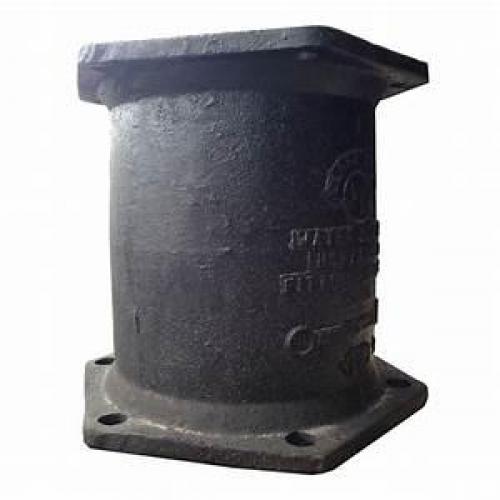The question of whether a weld is stronger than steel unveils a nuanced exploration into the intricacies of material science and the welding process. Contrary to a simplistic comparison, the strength of a weld is a result of a complex interplay of factors. In this journey through metallurgy and welding techniques, we delve into the dynamics that define the strength relationship between welds and steel.
1. Understanding Material Strength:
To assess the strength of a weld in comparison to steel, it's imperative to comprehend the inherent strength characteristics of steel itself. Steel, known for its high tensile strength and durability, serves as a foundational material in engineering applications. Welding aims to preserve and enhance these properties through a fusion process.
2. The Welding Process:
Welding is a transformative process that involves the localized melting and subsequent solidification of materials to create a cohesive joint. The success of a weld depends on factors such as welding method, heat input, filler material, and post-weld treatment. The intricacies of the welding process significantly impact the resultant strength of the joint.
3. Factors Influencing Weld Strength:
The strength of a weld is influenced by several key factors. Proper weld penetration, fusion, and the absence of defects like porosity and cracks contribute to optimal strength. The choice of welding method, whether it be arc welding, gas welding, or laser welding, introduces variations in the heat affected zone (HAZ) and subsequently affects the joint strength.
4. Variability in Weld Strength:
It's essential to acknowledge that the strength of a weld can vary based on the welding technique employed and the skill of the welder. A well-executed weld by a skilled professional can exhibit strength comparable to or exceeding that of the base steel. Conversely, poor welding practices may compromise the joint strength.
5. Types of Welded Joints:
Different types of welded joints, such as butt joints, fillet joints, and lap joints, exhibit varying strength characteristics. The design and configuration of the joint play a crucial role in determining the stress distribution and, consequently, the overall strength. Engineers must consider the application and loading conditions when selecting the appropriate joint type.
6. Post-Weld Treatments and Heat Treatment:
Post-weld treatments, including stress relief and heat treatment, contribute to refining the microstructure of the welded joint. These processes aim to alleviate residual stresses and enhance the material properties, ultimately influencing the strength of the weld. The judicious application of post-weld treatments can elevate the overall joint strength.
7. Challenges and Considerations:
While welding is a powerful tool for creating robust connections, challenges such as weld distortion, residual stresses, and potential defects require careful consideration. Engineers must navigate these challenges to optimize the strength of the weld without compromising the integrity of the steel structure.
Conclusion:
In the dynamic interplay between welds and steel, the question of whether a weld is stronger than steel leads us to a nuanced understanding. The strength of a weld is not a definitive superiority but rather a synergy achieved through precision, skill, and adherence to best practices. As technology advances, the continuous refinement of welding techniques and materials contributes to the evolution of welded joints, ensuring their strength aligns seamlessly with the demands of modern engineering marvels.
